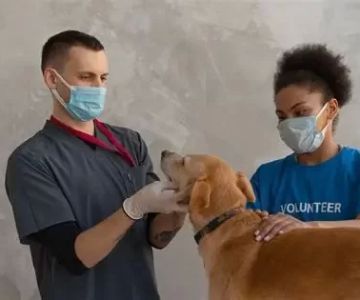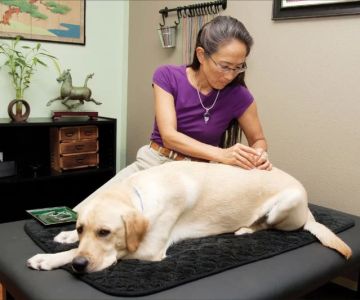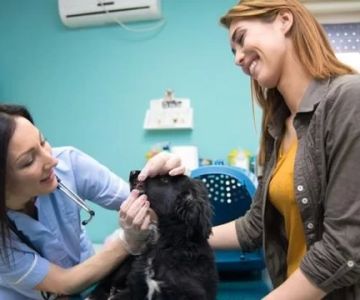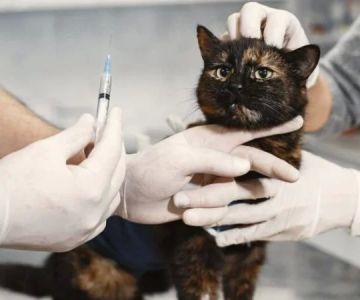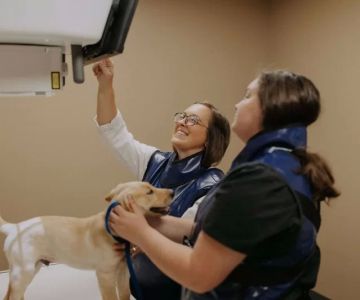Can a Veterinarian Be Rehired? Understanding Employment and Hiring Practices for Veterinarians
- 1. The Rehiring Process for Veterinarians
- 2. Key Factors That Affect a Veterinarian's Rehire Eligibility
- 3. Benefits of Rehiring Veterinarians for Veterinary Practices
- 4. Steps a Veterinarian Should Take if Considering Rehire
1. The Rehiring Process for Veterinarians
When it comes to rehiring a veterinarian, the process can vary significantly depending on the veterinary practice's policies and the circumstances surrounding the termination or departure of the veterinarian. Some practices may have a formal rehiring policy, while others might handle it on a case-by-case basis.
Rehiring typically starts with an evaluation of the veterinarian's previous performance, the reasons for their initial departure, and the needs of the clinic at the time. If the veterinarian left on good terms, the process may be simpler, often involving an interview to discuss the new job expectations, any updates or changes in clinic policies, and their re-entry into the team. The clinic may also review any new certifications or additional experience the veterinarian may have gained during their absence.

19507 Interstate 45 N STE 700, Spring, TX 77388, USA
See Details2. Key Factors That Affect a Veterinarian's Rehire Eligibility
Several factors determine whether a veterinarian can be rehired. These include:
- Previous Performance: If the veterinarian's previous performance was satisfactory, it increases their chances of being rehired. Practices will assess their medical skills, communication with clients and staff, and overall contribution to the practice.
- Reason for Leaving: The reason why the veterinarian left initially plays a crucial role. If they left for personal reasons or career advancement, rehiring is more likely. However, if they were dismissed for issues like unethical behavior or poor performance, rehiring may not be an option.
- Practice Needs: If the clinic is currently in need of additional staff or specific expertise, the veterinarian may have a better chance of being rehired. The clinic's size and specialty can also influence this decision.
- Clinic Culture Fit: Practices often look for veterinarians who align well with their clinic's culture and values. If the individual previously struggled to integrate, the chances of rehire could decrease.
3. Benefits of Rehiring Veterinarians for Veterinary Practices
Rehiring a veterinarian can provide multiple advantages for a veterinary practice. Here are a few key benefits:
- Familiarity with the Practice: A rehired veterinarian is already familiar with the clinic's systems, processes, and client base. This can reduce the time and effort spent on training and orientation.
- Experienced Staff: If the veterinarian has been away for a period of time, they may return with enhanced skills or updated knowledge, benefiting the clinic's overall expertise.
- Team Harmony: If the rehired veterinarian worked well with the team before, their return can help re-establish a harmonious working environment. A familiar face can often improve morale and collaboration within the clinic.
4. Steps a Veterinarian Should Take if Considering Rehire
If you're a veterinarian considering returning to a former practice, here are some important steps to take:
- Reach Out to Former Employers: Start by contacting your previous employer or practice owner. Express your interest in rejoining the team and inquire about any openings or future opportunities.
- Prepare for an Interview: Be ready to explain why you left the practice and what you have accomplished since your departure. Show how your skills or experience have developed during your absence.
- Be Open to Negotiations: Be prepared for discussions about new job expectations, potential salary adjustments, and any changes to clinic policies. Flexibility and a positive attitude are key during this process.
Rehiring a veterinarian is a common practice in veterinary medicine, but it requires careful consideration from both parties. Whether you're a veterinary practice looking to bring back a skilled veterinarian or a veterinarian seeking to return to a former role, understanding the process and factors at play can help ensure a smooth transition and a successful reintegration into the clinic.

